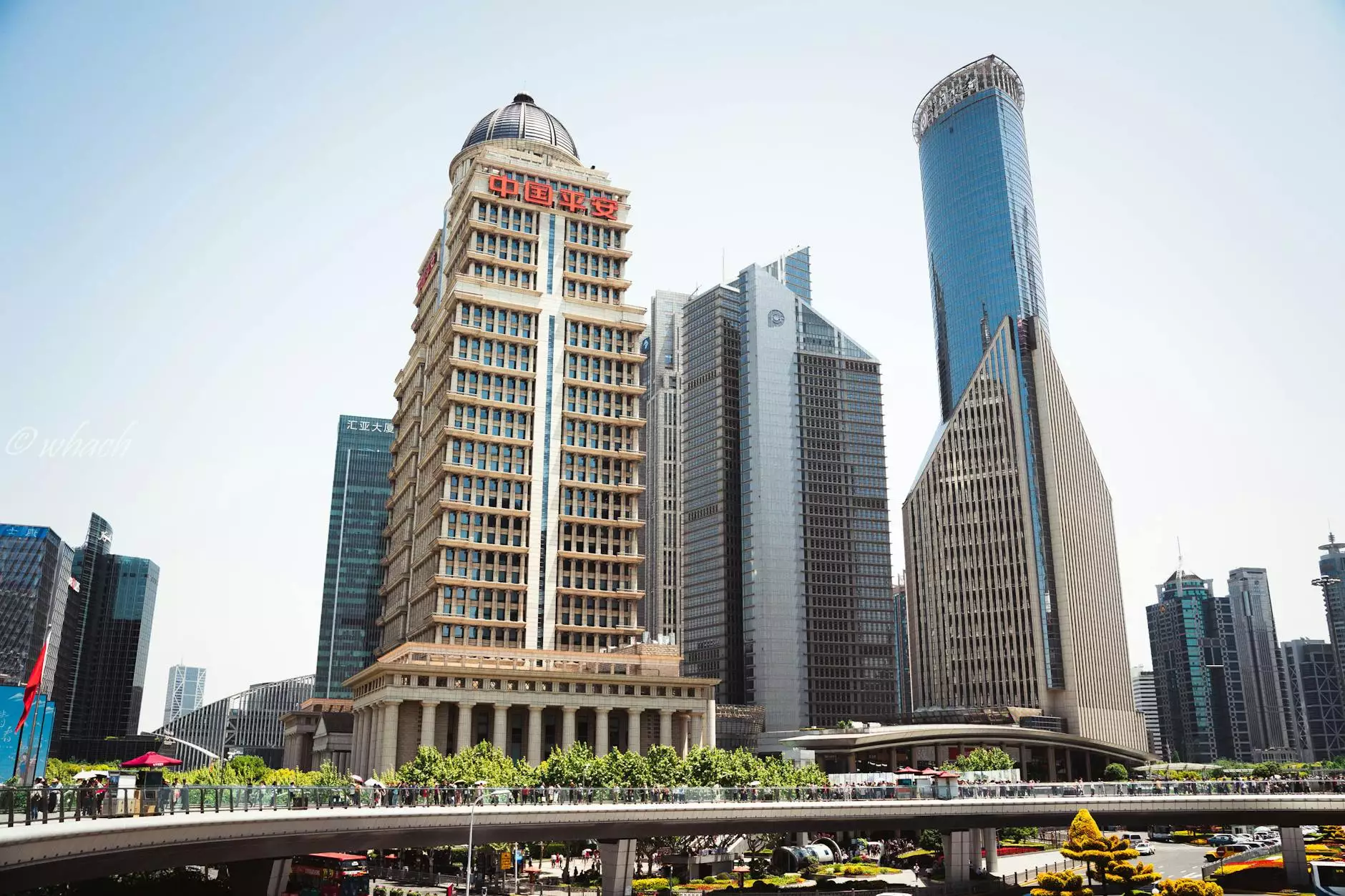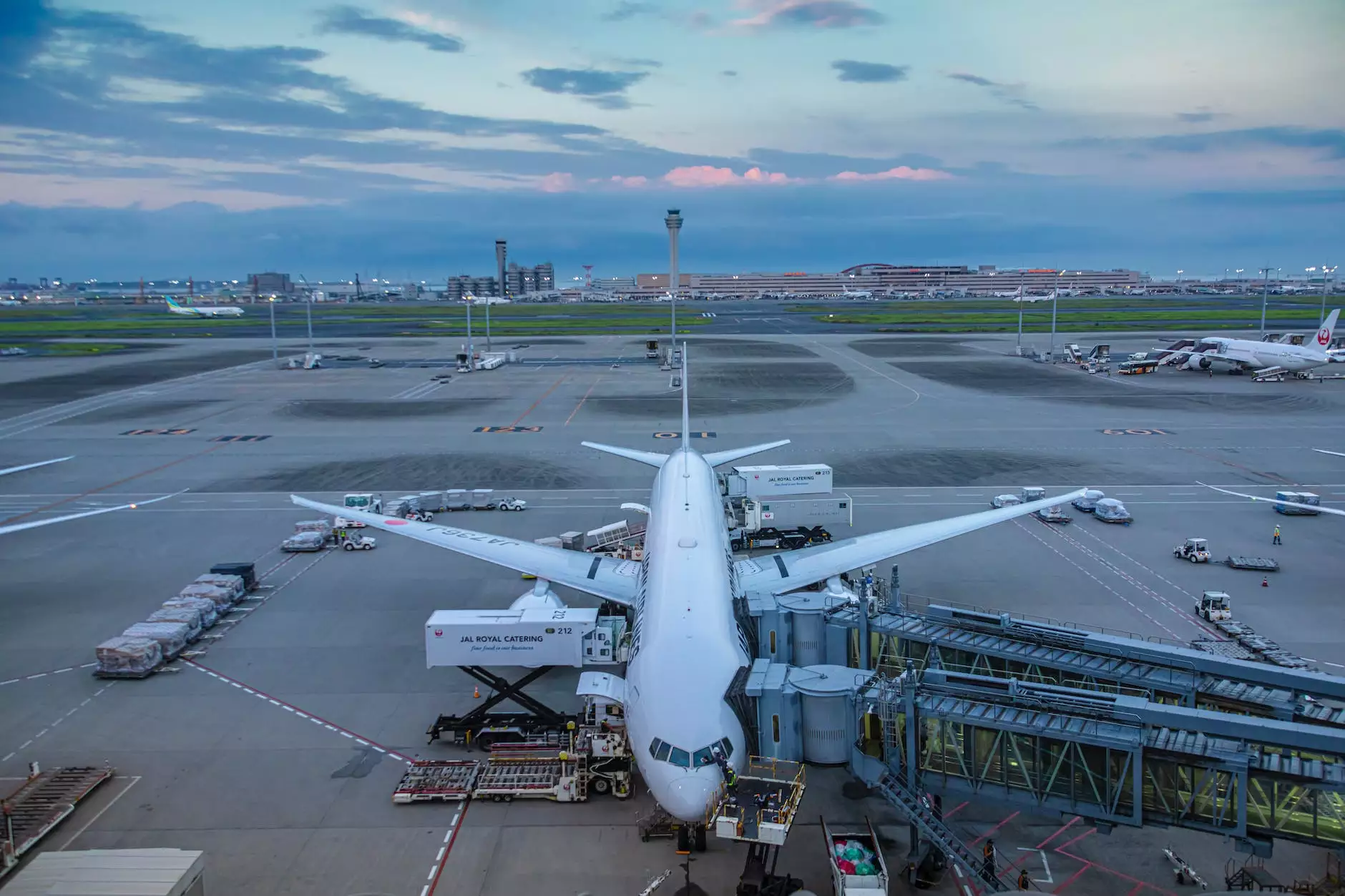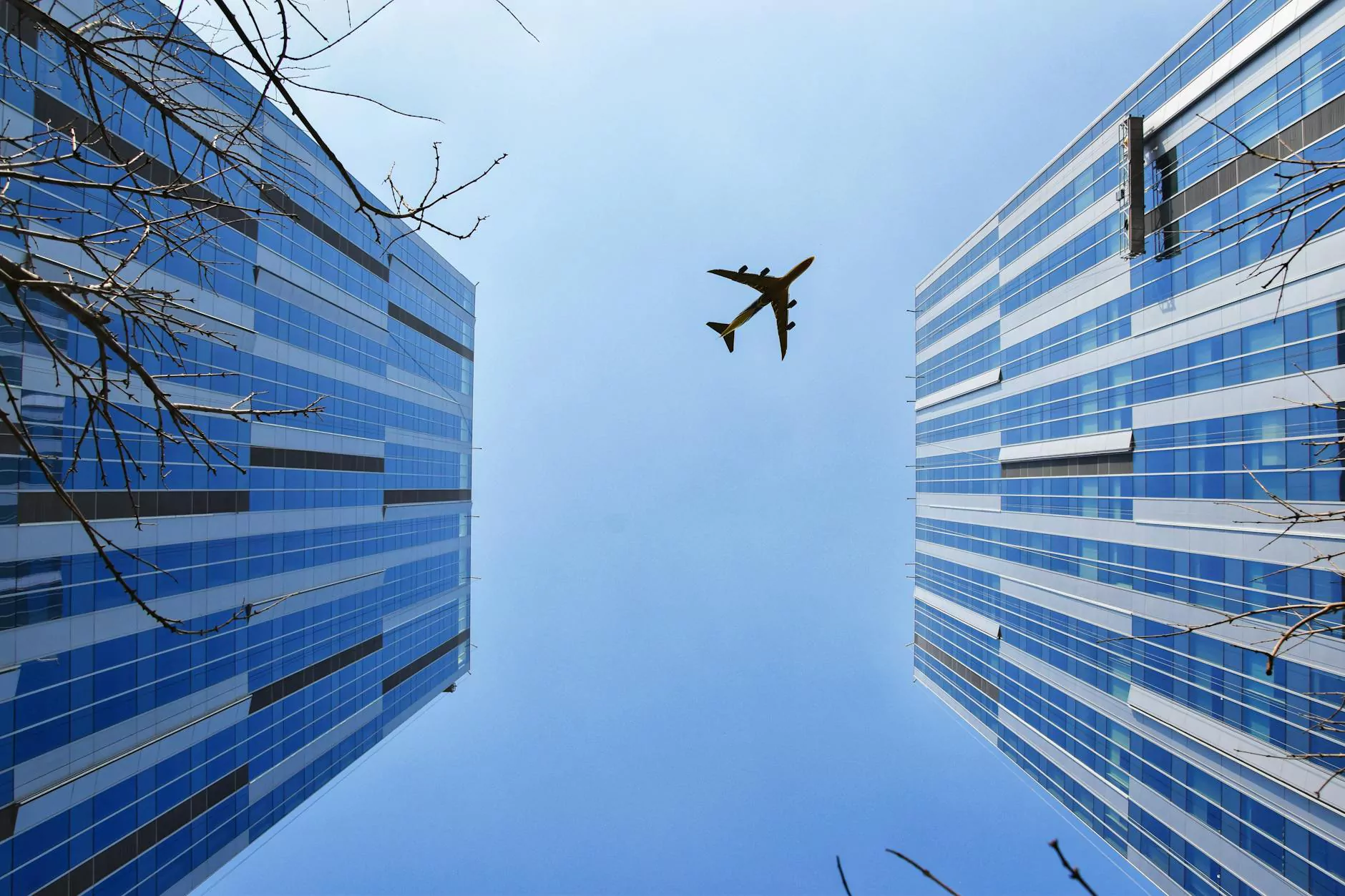Shanghai: High-Rise Architecture and the Remaking of China's Gateway to the World

Welcome to La Historia Society's exploration of Shanghai's high-rise architecture and its significant influence on China's gateway to the world. In this in-depth study, we invite you to dive into the captivating history, evolution, and societal impact of these towering structures that define Shanghai's iconic skyline.
The Birth of a New Era: Shanghai's Rise to Prominence
Over the past century, Shanghai has undergone a remarkable transformation from a humble fishing village to a global metropolis. As China's largest city and one of the world's major financial hubs, Shanghai stands as a testament to human ingenuity and architectural prowess.
At La Historia Society, we believe in exploring the nuances encompassing a city's growth and the architectural marvels that reflect its ambitions. Shanghai's ascendancy as a leading economic powerhouse is inextricably intertwined with the development of high-rise architecture.
A Journey Through Time: Shanghai's Architectural Evolution
Tracing the evolution of high-rise architecture in Shanghai is like flipping through the pages of history. Each building showcases a different era, bearing witness to the city's progress. Let us take you on a chronological journey, highlighting some of Shanghai's most iconic high-rise landmarks:
The Bund: A Glimpse into Shanghai's Colonial Past
The Bund, a waterfront promenade along the Huangpu River, serves as a remarkable showcase of architectural styles from the late 19th and early 20th centuries. Elegant neoclassical and Art Deco buildings punctuate the skyline, testifying to the city's international influences during its colonial period.
Walking along The Bund, visitors get a sense of Shanghai's historical significance as a major trading port. Imposing structures such as the Peace Hotel and the Customs House evoke a sense of grandeur, transporting us back to a bygone era of glamour and opulence.
From Pudong's Marshland to Modern Skyscrapers
The Pudong district, once a desolate marshland on the eastern bank of the Huangpu River, has witnessed an extraordinary metamorphosis. Its transformation serves as a testament to China's rapid urbanization and economic growth.
In the early 1990s, Pudong emerged as a bold experiment in urban development. Today, it boasts a skyline adorned with some of the world's tallest and most innovative high-rise buildings. The Oriental Pearl Tower, Shanghai World Financial Center, and the iconic Shanghai Tower form a vertical cityscape that radiates modernity and ambition.
The Green Revolution: Sustainability in Shanghai's High-Rise Architecture
As environmental concerns continue to shape the world, Shanghai has embraced the challenge of developing greener high-rise buildings. Architecture firms are incorporating sustainable design features, utilizing renewable energy sources, and implementing efficient waste management systems.
Notable examples include the Shanghai Tower, designed with a double-skin façade for optimal insulation and energy conservation, and the Shanghai World Financial Center's wind turbines integrated into its structure, harnessing the power of the wind to generate electricity.
The Societal Impact: Beyond Concrete and Steel
Shanghai's high-rise architecture extends beyond mere structural achievements. These towering behemoths have become symbols of progress, aspiration, and societal change. Let us examine the multifaceted impact they have had:
Economic Powerhouse and Global Magnet
Shanghai's high-rise buildings not only signify its economic might but also act as magnets, drawing in global businesses and fostering innovation. The concentration of financial institutions, multinational corporations, and cutting-edge technology firms within these skyscrapers fuels Shanghai's position as an economic powerhouse and a center for international trade.
Urbanization and the Changing Landscape
High-rises have revolutionized Shanghai's urban landscape and redefined the city's identity. As traditional neighborhoods make way for modern developments, the cityscape is continuously evolving. The juxtaposition of towering structures against historical landmarks reveals Shanghai's ability to preserve its rich cultural heritage while embracing a future-oriented vision.
Social Hubs and Community Spaces
Shanghai's high-rise buildings serve as more than corporate headquarters. These vertical cities contain a diverse array of cultural, recreational, and retail spaces that foster community interaction. From luxurious shopping malls to art galleries, restaurants, and entertainment venues, high-rise structures have become integral components of Shanghai's vibrant social fabric.
The Future of Shanghai: From Skyline to Sky's Limit
The story of Shanghai's high-rise architecture is far from reaching its conclusion. As the city continues to evolve, architects, engineers, and urban planners push the boundaries of design and sustainability. The forthcoming developments will shape the skyline, propel economic growth, and serve as a testament to Shanghai's unwavering ambition.
At La Historia Society, we are committed to providing you with rich insights into the captivating tapestry of Shanghai's architectural history and its broader societal impact. Join us as we unravel the stories behind the concrete and steel, capturing the spirit of a city that exemplifies the dynamic evolution of modern architecture.










